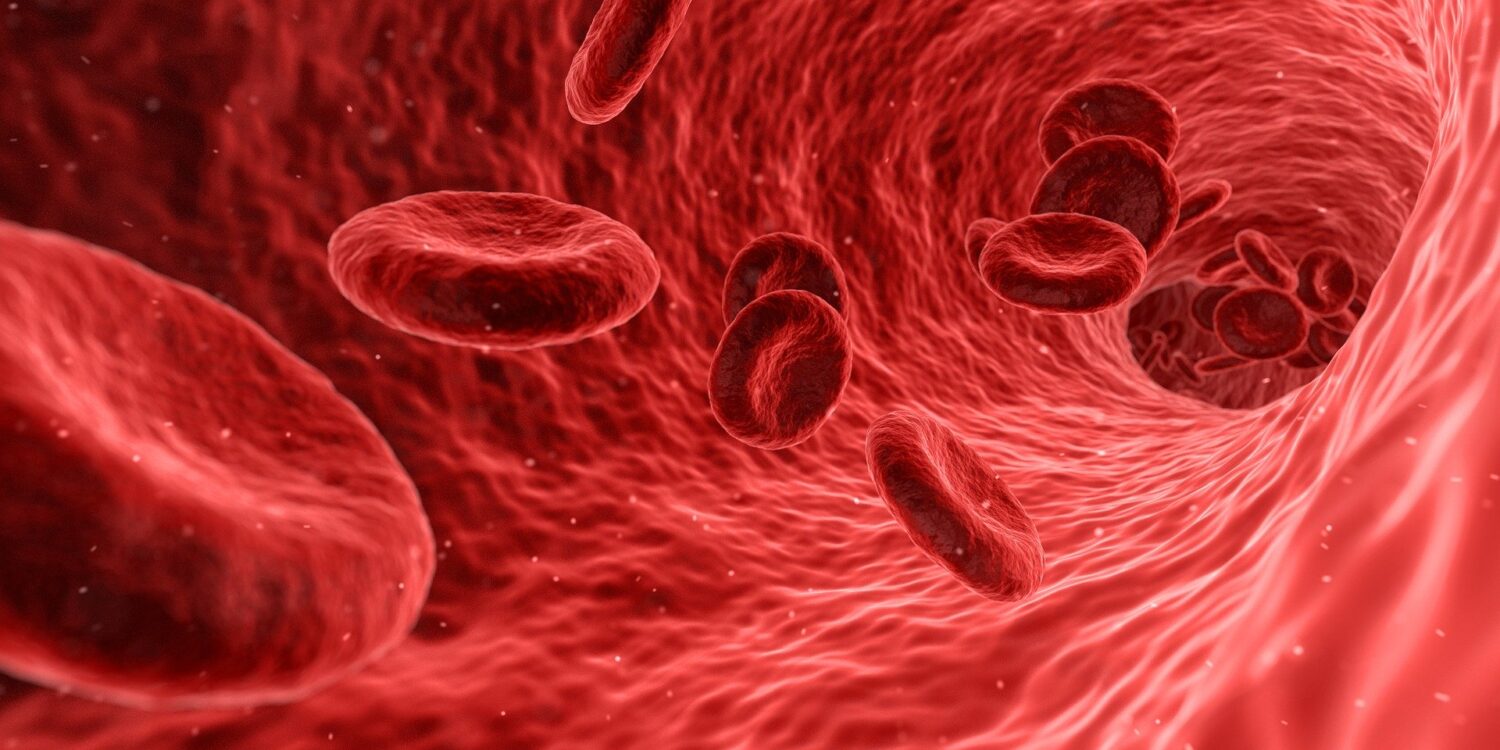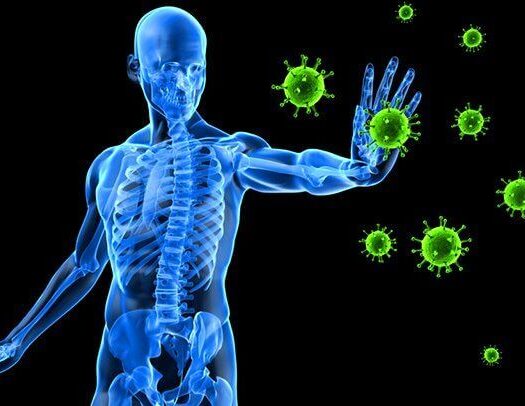Robust immune defenses are the key factors for any living organism to adapt, survive and thrive in their environment.
Our environments have many threats including potentially damaging molecules therefore the immune system represents a survival interface managed by a complex and particular system of organs, tissues, cells, and signaling molecules that sense non-self-antagonists and protect us from damage and disease.
The immune system is an intelligent mechanism that can respond to changes in the environment; however, it does not always work to our advantage and can itself become the root cause of illness. Ensuring it deploys its potent weapons with balance and specificity is the goal when seeking to optimize immunity and health in general.
Nutrition and lifestyle interventions can greatly improve immunity. Though specific conditions require specific interventions, there are several areas of overlap in the pathophysiology of most types of immune dysfunction. For a complete guideline on optimum health through nutrition, physical activity, sleep, stress reduction, and support systems, please refer to the Universal Guideline for Human and Planetary health available at wfpb.org.
Our Whole Body Defense
Our immune system utilizes a complex series of physiological mechanisms that involve each body system to ensure an appropriate and effective immune response.
The Role of the Lymphatic System
The lymphatic system, or lymphoid system, is part of the circulatory system and the immune system. It is made up of a large network of lymphatic vessels, lymphatic or lymphoid organs, and lymphoid tissues.[i] [ii] It is involved in the production, maturation and transport of immune cells through a clear fluid called lymph (the Latin word lympha refers to the deity of fresh water, “Lympha”)[iii] toward the heart.
The lymphatic system connects the bone marrow, thymus, spleen, lymph nodes, and central nervous system[iv] through lymphatic vessels.
There are many types of immune cells, collectively known as white blood cells or leukocytes. They begin as stem cells in the bone marrow, which become either myeloid or lymphoid progenitor cells. Myeloid progenitors are used by the innate branch of the immune system, such as neutrophils and macrophages. Lymphoid progenitors generally develop into various types of lymphocytes used by the acquired branch of the immune system.
These cells migrate from the bone marrow to other organs and tissues for activation and/or maturation. Immature T cells (or T lymphocytes) and Natural Killer (NK) cells travel to the thymus. Meanwhile, immature B cells (or B lymphocytes) mature in lymph nodes, small but concentrated clusters of immune tissue scattered across the body.
The Immune Barriers
In general, the human body has three levels of immune defense, which interact to form an effective immune response. These are:
1. Barrier and mucosal immunity
The first level is barrier and mucosal immunity provided by our skin, mucosal membranes (e.g. of the gastrointestinal, respiratory, urinary, and reproductive tracts) and also the blood-brain barrier. They represent a physical barrier, produce protective secretions (e.g. hydrochloric acid and mucus) and many of them are also coated in the microbiota, together providing an integrated network of early immune defense. If anything breaches these barrier defenses, white blood cells (leukocytes) of the innate and adaptive immune system become activated.
2. Innate immune system
Our innate immune system is our second level of defense. It is our base immune response, the protective foundation with which we are born. Innate immune cells constantly survey the body for immune challenges and mount a rapid, powerful response. This response can involve inflammation or direct neutralization of a pathogen. Once activated, innate immune cells communicate with the next level of defense to initiate more specialized immune response.
3. Adaptive immune system
This third level is our acquired or adaptive immune system provided by our T and B cells. It is a slower immune response tailored to attack specific pathogens or other non-friendly molecules. This immune response is developed over the course of our lives from exposure to different antigens. The adaptive system has the ability to develop an ‘immunological memory’ which enables specific, targeted action upon subsequent exposure to the same antigen.
References:
[i] Standring S (2016). Gray’s anatomy : the anatomical basis of clinical practice (Forty-first ed.). pp. 68–73. ISBN 9780702052309.
[ii] Moore K (2018). Clinically oriented anatomy (Eighth ed.). pp. 43–45. ISBN 9781496347213.
[iii] Natale G, Bocci G, Ribatti D (September 2017). “Scholars and scientists in the history of the lymphatic system”. Journal of Anatomy. 231 (3): 417–429. doi:10.1111/joa.12644. PMC 5554832. PMID 28614587.
[iv] Louveau A et al. Structural and functional features of central nervous system lymphatic vessels. Nature. 2015; 523: 337-341.
Image by Arek Socha
























